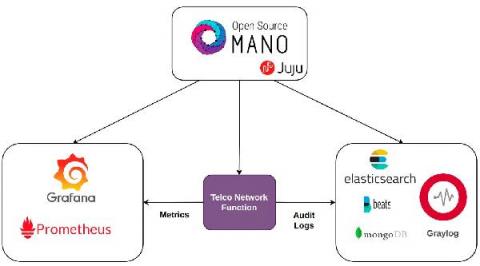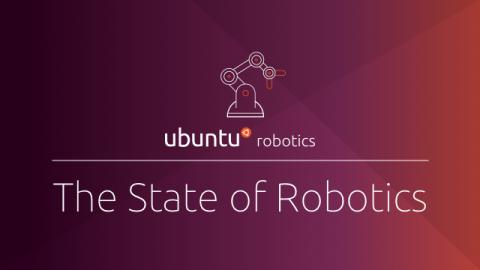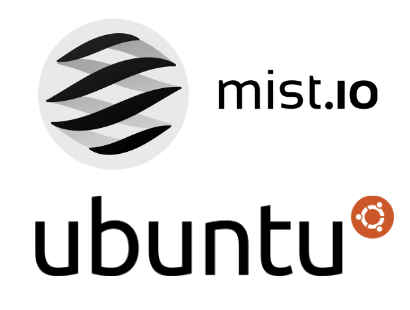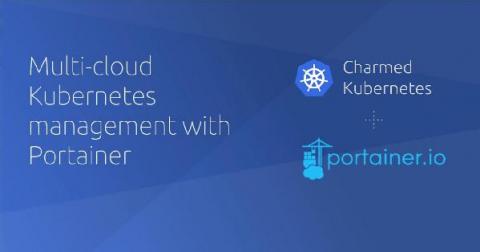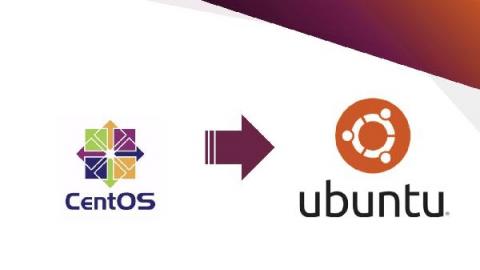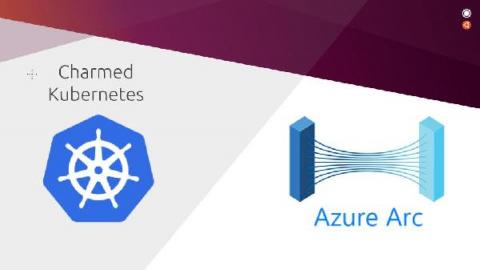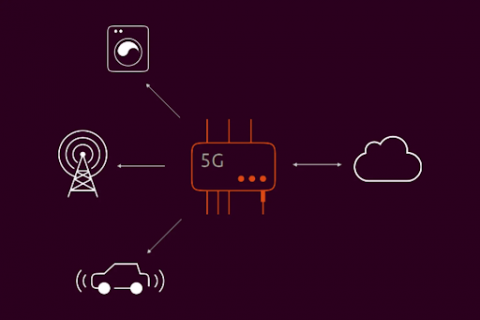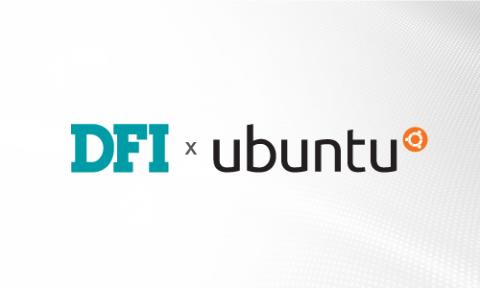NFV orchestration: Network functions auditability with the open-source LMA stack
The transition to virtualized infrastructure and software network functions requires a re-evaluation in the telecom production environments. Network function is not alone. It has always been an important piece in the puzzle but requires a set of non-functional bits to complete the big picture and which brings the lifecycle management of network functions to the discussion.


